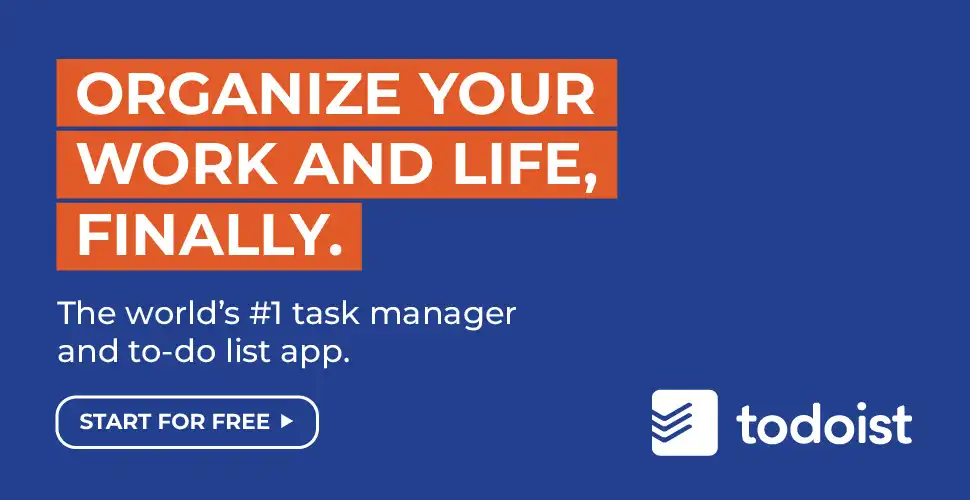Communication is how we share ideas, feelings, and information with others. It's a fundamental part of our daily lives and is crucial in all kinds of interactions, including business meetings, school projects, and casual conversations.
Many personal development courses emphasize that communication isn't just about the words we say. It involves two main types: verbal and nonverbal communication. Let's explore these and understand their significance, especially in situations like business meetings.
Verbal Communication
Verbal communication is the use of words to share information. This can be spoken or written. When you talk to a friend, participate in a class discussion, or write an email, you're using verbal communication. It's straightforward and direct, making it easy to convey clear messages.
Examples of Verbal Communication
- Speaking: Conversations, phone calls, speeches.
- Writing: Text messages, emails, letters.
There are also English conversation patterns you take advantage of to improve your verbal communication.
Nonverbal Communication
Nonverbal communication, on the other hand, involves conveying messages without words. It includes body language, facial expressions, gestures, posture, and even eye contact. Nonverbal cues often happen unconsciously, but they play a huge role in how messages are received and interpreted.
Types of Nonverbal Communication
- Body language: The way we sit, stand, or move.
- Facial expressions: Smiles, frowns, raised eyebrows.
- Gestures: Hand movements, nodding, waving.
- Eye contact: The amount and type of eye contact we make.
The Importance of Nonverbal Communication in Business Meetings
In business meetings, nonverbal communication is just as important as verbal communication. It can reinforce what's being said or, sometimes, contradict it. For example, if someone says they're open to new ideas but sits with their arms crossed and avoids eye contact, their body language suggests they might not be as open as they claim.
Understanding and correctly interpreting nonverbal cues can prevent misunderstandings and enhance communication effectiveness. For instance, nodding while someone speaks shows that you're listening and engaged, while maintaining eye contact can convey confidence and honesty.
It’s also important that you know the communication mistakes that can hold you back in business.
Practical Examples and Tips for Effective Communication
Here are some practical tips to improve both verbal and nonverbal communication skills in business or in your personal life:
- Be aware of body language: Pay attention to your own body language and that of others. Open and relaxed postures generally indicate openness and friendliness.
- Use facial expressions: Your face can express a wide range of emotions. Smiling can make you appear more approachable, while maintaining a neutral expression can be useful in serious discussions.
- Mind your gestures: Use hand gestures to emphasize points but avoid overdoing it, as too many gestures can be distracting.
- Maintain appropriate eye contact: Eye contact shows that you’re attentive and interested. However, too much eye contact can be perceived as aggressive, while too little can seem evasive.
- Listen actively: Show that you're listening by nodding and giving verbal affirmations like "I see" or "I understand."
- Be clear and concise: When speaking, be clear and to the point. Avoid using jargon or complicated words that might confuse your listener.
- Pay attention to tone of voice: Your tone can convey different emotions and attitudes. A friendly tone can make your message more pleasant, while a stern tone can convey seriousness.
- Ask for feedback: If you're unsure if your message was understood, ask for feedback. This can help clear up any confusion immediately.
Beyond understanding verbal and nonverbal communication, you can take control of your productivity and time management with Todoist, ensuring that every aspect of your communication and organization is optimized for success.

Recommended Courses for Verbal and Non-verbal Communication

Body Language Fundamentals: Improve Nonverbal Communication
The Body Language Fundamentals course helps you master nonverbal communication, covering facial expressions, hand gestures, eye contact, and tone of voice. It provides practical techniques to enhance your communication skills in both professional and social settings.
This course stands out by delving into cultural differences in nonverbal communication, especially in Western cultures. It also highlights the subtle nuances of body language, such as handshakes and arm crossing, offering a comprehensive approach to nonverbal cues.
I found the course highly practical and insightful, with clear steps to improve nonverbal communication. The focus on cultural nuances broadens understanding and makes the course valuable for diverse social contexts. It's a great investment for enhancing communication skills.
Who is this course for?
This course is perfect for public speakers, individuals interested in body language, and anyone looking to succeed in professional and social interactions. Whether for job interviews, team leadership, or daily conversations, this course equips you with essential communication tools.
TAKE THIS COURSEPublic Speaking And Presentations Body Language: Professional Skills
The Public Speaking and Presentations Body Language course teaches you to use effective and dynamic body language and facial expressions. It covers mastering your stance, movements, facial expressions, and answering questions, providing essential skills for professional presentations.
This course focuses on the often-overlooked aspects of body language and facial expressions in presentations. It emphasizes the importance of nonverbal cues and teaches you how to use these tools to enhance your persuasive powers, making your presentations more impactful.
This course is exceptionally practical and enlightening. It offers clear, actionable strategies to improve your public speaking skills by leveraging body language. The focus on nonverbal communication sets it apart, providing valuable insights that many presenters overlook.
Who is this course for?
This course is perfect for presenters and managers looking to improve their public speaking and presentation skills. If you're speaking to a small group or a large audience, the techniques taught in this course will help you make a stronger, more persuasive impact.
TAKE THIS COURSE
Frequently Asked Questions
How does body language impact communication?
Body language, such as posture and movement, can indicate openness, confidence, nervousness, or defensiveness, affecting how messages are received and interpreted.
What role do facial expressions play in communication?
Facial expressions convey emotions like happiness, sadness, anger, and surprise, helping others understand the speaker’s true feelings and intentions.
How do gestures enhance communication?
Gestures, like hand movements and nodding, can emphasize points, show agreement, or indicate directions, making communication more dynamic and engaging.
Why is eye contact important?
Eye contact shows attentiveness, confidence, and interest. Appropriate eye contact can enhance the connection between communicators, while too much or too little can be perceived negatively.
How can I improve my verbal communication skills?
Be clear and concise, use simple language, listen actively, and ask for feedback to ensure your message is understood correctly.
Key Takeaways
Both verbal and nonverbal communication are crucial for effective interactions. Understanding their differences and how to use them can significantly improve your communication skills. By paying attention to nonverbal cues and using clear verbal communication, you can enhance your interactions and avoid misunderstandings.
Boost your communication skills with the Skill Success All Access Pass. Get unlimited access to courses that will help you master essential skills. Invest in yourself today and start communicating with confidence!

